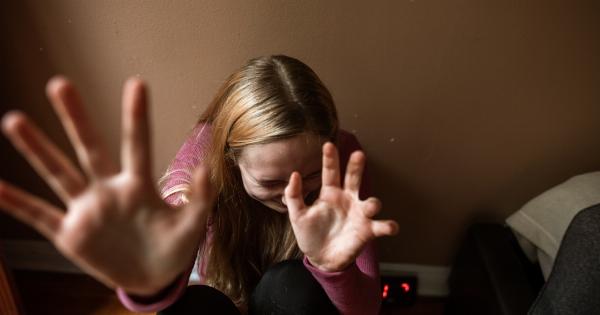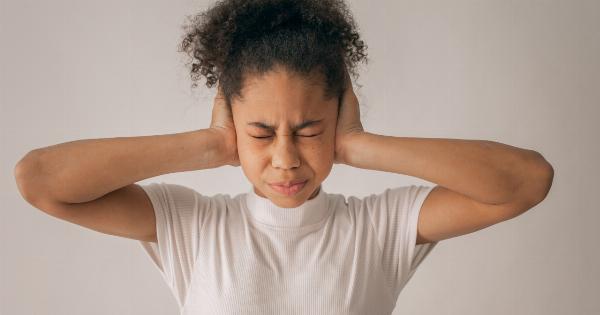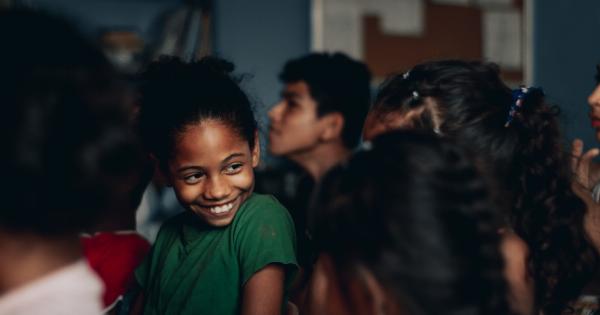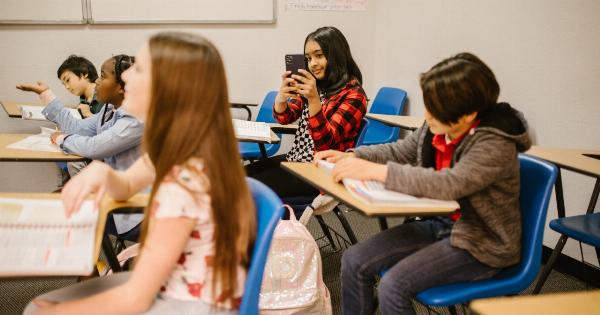Bullying is a serious and pervasive issue that affects millions of children and teenagers every year. It can cause long-lasting emotional and psychological harm, and may even lead to physical violence and suicide.
As parents, teachers, and community members, it is our responsibility to understand and confront bullying in all forms. In this ultimate guide, we will explore what bullying is, how it affects children, and what we can do to prevent and address it.
What is Bullying?
Bullying is a form of aggressive behavior that is intended to harm, intimidate, or control another person. It can take many different forms, including physical violence, verbal abuse, social exclusion, and cyberbullying.
The effects of bullying can be devastating, causing depression, anxiety, poor academic performance, and even suicide. It is important to understand the different types of bullying in order to recognize and address them effectively.
The Different Types of Bullying
There are several types of bullying that children and teenagers may experience. These include:.
Physical Bullying
Physical bullying involves any type of physical aggression or violence, such as hitting, kicking, or pushing. It can also involve stealing or destroying a person’s belongings.
Verbal Bullying
Verbal bullying involves using words to hurt or humiliate another person. This can include name-calling, teasing, insults, or spreading rumors.
Verbal bullying can be just as harmful as physical bullying, and can often lead to social exclusion and isolation.
Social Bullying
Social bullying involves excluding or ostracizing someone from a group or community. This can include spreading rumors, gossiping, or refusing to include someone in activities or events.
Cyberbullying
Cyberbullying is a form of bullying that happens online or through social media. It can include sending threatening or hurtful messages, posting embarrassing photos or videos, or making fake profiles to impersonate someone else.
Cyberbullying can be particularly harmful because it can reach a wide audience and be difficult to escape.
The Effects of Bullying
Bullying can have serious and lasting effects on children and teenagers. Some of the most common effects include:.
Depression and Anxiety
Bullying can cause feelings of sadness, anxiety, and depression. Victims may experience a sense of hopelessness and helplessness, and may withdraw from social activities.
Poor Academic Performance
Bullying can also have an impact on academic performance. Victims may have trouble concentrating in school and may experience a decline in grades.
Physical Health Problems
Victims of bullying may also experience physical health problems, such as headaches, stomachaches, and trouble sleeping.
Low Self-esteem
Bullying can cause a person to feel worthless or inadequate, leading to low self-esteem and a negative self-image.
Violence and Suicide
In some cases, bullying can escalate to physical violence or even suicide. It is important to take any reports of bullying seriously and to seek help immediately if necessary.
How to Prevent Bullying
Preventing bullying begins with creating a safe and supportive environment for all children. Some strategies for preventing bullying include:.
Setting Expectations
Parents, teachers, and community members can set clear expectations for behavior and consequences for bullying. This includes teaching children to be kind, respectful, and inclusive.
Building Relationships
Building positive relationships with children and teenagers can help prevent bullying. When children feel connected and supported, they are less likely to engage in harmful behavior.
Encouraging Reporting
It is important to encourage children to report any incidents of bullying. This can help prevent the behavior from escalating and can ensure that victims receive the support they need.
Providing Support
Victims of bullying need support from parents, teachers, and community members. This includes providing emotional support, counseling, and other resources as needed.
How to Address Bullying
Addressing bullying is a complex and challenging process that requires the involvement of parents, teachers, and community members. Some strategies for addressing bullying include:.
Talking to Students
It is important to talk to students about bullying and its harmful effects. This includes teaching them how to recognize and respond to bullying.
Investigating Incidents
When incidents of bullying are reported, it is important to investigate them thoroughly and take appropriate action. This may include disciplinary action or counseling for all involved parties.
Implementing Anti-bullying Policies
Schools and organizations can implement anti-bullying policies that clearly define what constitutes bullying and the consequences for engaging in such behavior.
Working with the Community
Addressing bullying requires the involvement of the larger community. This includes working with parents, law enforcement, and other organizations to raise awareness and prevent bullying.
Conclusion
Bullying is a serious issue that affects millions of children and teenagers each year. It is our responsibility as parents, teachers, and community members to understand and confront bullying in all forms.
By creating a safe and supportive environment, setting clear expectations, and providing support to victims, we can help prevent and address bullying in our communities.





























